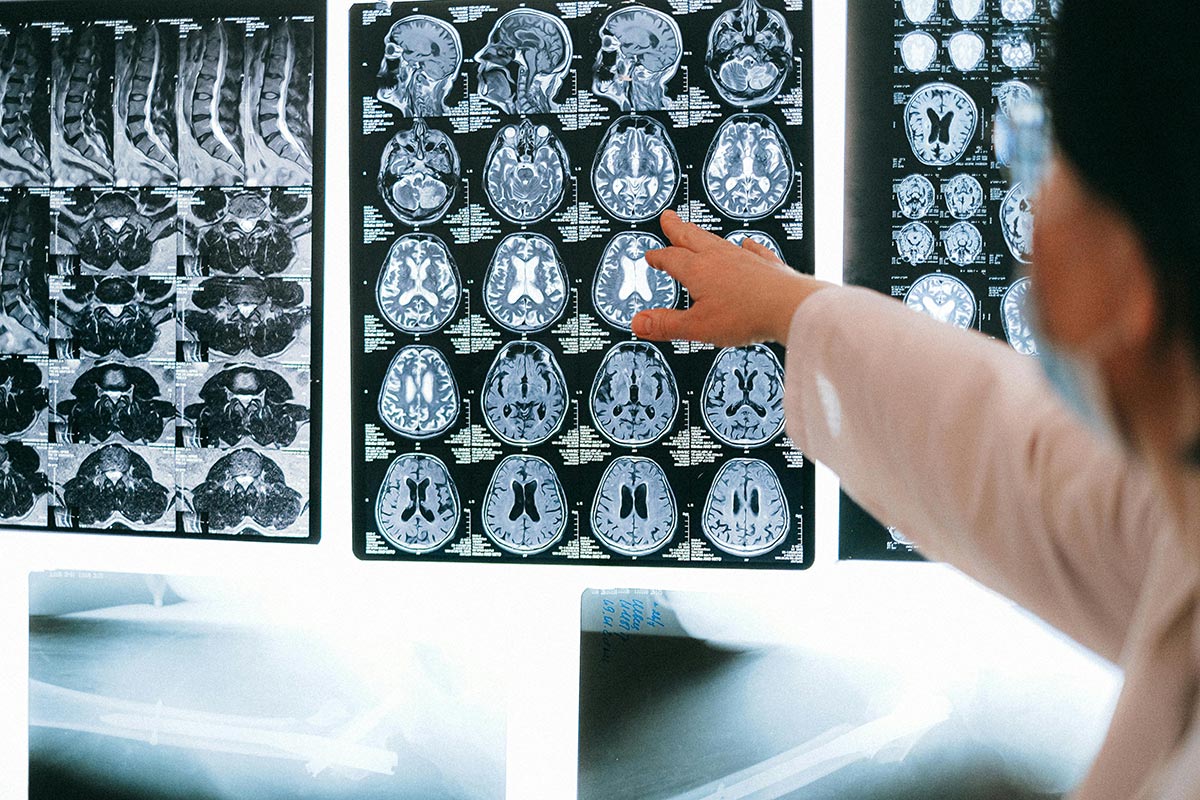
Introduction: Navigating Cold and Infection Management
The common cold, a frequent visitor for most people during colder months, is primarily caused by numerous viruses, with rhinoviruses leading the pack. While annoying, the common cold is generally self-limiting, but effective management is key to reducing its impact. This article explores how to manage common colds and infections under the guidance of a primary care provider, emphasizing the importance of accurate diagnosis, adequate treatment, and preventive strategies.
Understanding Common Cold Treatment Options

How is the common cold treated?
The common cold, primarily caused by rhinoviruses, has no cure. Treatment focuses on alleviating symptoms and promoting recovery. Key strategies include:
- Rest: Essential for the body to recover.
- Hydration: Drinking plenty of fluids helps keep you hydrated, especially when coughing and nasal congestion can lead to fluid loss.
- Humidifiers: Using a humidifier can ease respiratory discomfort and alleviate nasal congestion.
Over-the-counter medications can also provide relief from cold symptoms, including:
| Medication Type | Examples | Use |
|---|---|---|
| Pain Relievers | Acetaminophen, Ibuprofen | Alleviate sore throat and body aches |
| Decongestants | Phenylephrine, Pseudoephedrine | Relieve nasal congestion |
| Cough Suppressants | Dextromethorphan | Suppress annoying, non-productive coughs |
| Antihistamines | Diphenhydramine | Help with sneezing and runny nose |
It's crucial to avoid antibiotics, as they are ineffective against viral infections like the cold. Instead, their misuse can contribute to antibiotic resistance.
Role of primary care provider
In cases where symptoms worsen, persist beyond 10 days, or there are signs of complications, it's essential to consult a primary care provider. They can help diagnose potential complications, such as bacterial infections, and recommend appropriate treatments.
Recommended Treatments to Alleviate Cold Symptoms

What are the recommended treatments to alleviate common cold symptoms?
To effectively manage common cold symptoms, focus on three main strategies: rest, hydration, and symptom relief. Given that colds have no cure, these approaches help the body recover naturally.
Symptom Management Strategies
Utilizing over-the-counter (OTC) medications can effectively reduce discomfort from symptoms like cough, sore throat, and nasal congestion. However, these medications do not treat the underlying viral infection. Here are some common OTC options:
| Symptom | Recommended OTC Treatment | Comments |
|---|---|---|
| Cough | Dextromethorphan | Use for non-productive coughs only |
| Nasal Congestion | Decongestants (e.g. pseudoephedrine) | Temporarily relieve stuffiness |
| Pain/Fever | Acetaminophen or Ibuprofen | Useful for alleviating body pain and fever |
Importance of Hydration and Rest
Staying hydrated is essential for recovery, as fluids help maintain body function and reduce discomfort. Warm fluids like soup and tea can soothe sore throats and loosen congestion. Additionally, adequate rest allows the immune system to work effectively.
While home remedies, including steam inhalation and saline nasal sprays, can aid in symptom relief, avoid using antibiotics, as they are ineffective against viral infections like the common cold.
Special Considerations for Young Children
For children under 4 years, caution is important; OTC medications are not recommended unless directed by a healthcare provider. Focus on hydration, rest, and non-medicated approaches like honey for coughs in children over one year. Keep consulting a healthcare provider for advice tailored to their symptoms.
Primary Medications for the Common Cold

What are the primary medications recommended for treating the common cold?
The primary medications recommended for treating the common cold focus on symptom relief. Pain relievers like paracetamol (acetaminophen) and ibuprofen are effective for alleviating aches, reducing fever, and easing overall discomfort.
Furthermore, decongestants, which can come in forms like nasal sprays, drops, or oral tablets, are particularly useful for relieving nasal congestion and making breathing easier. These medications can be very effective when taken according to manufacturer guidelines.
Additionally, vapor rubs can provide soothing relief for chesty coughs, particularly in young children, making them a common recommendation for parents.
What should be considered for safety in medication use?
It's crucial to remember that antibiotics are not effective against viral infections such as the common cold and should not be requested from healthcare providers. For children, special care is needed; cold and cough medications are generally not recommended for those under four years old, due to potential risks.
Before giving any medications to children, including over-the-counter products, consulting with a healthcare provider or pharmacist is advised to ensure safe and appropriate use.
What is the role of decongestants?
Decongestants play a key role in helping manage nasal congestion by narrowing blood vessels in the nasal passages, leading to reduced swelling and facilitating easier breathing. However, it is important to use them as directed and to be mindful of any contraindications, especially in patients with certain medical conditions or those taking other medications.
Home Management of Cold Symptoms
How can symptoms of the common cold be effectively managed at home?
To manage cold symptoms effectively, hydration is vital. Drink plenty of fluids such as water, juice, or warm lemon water with honey, which not only hydrates but can also help loosen congestion.
Rest plays a crucial role in recovery, giving your body the necessary time to heal. Alongside rest, over-the-counter pain relievers like acetaminophen or ibuprofen can ease the discomfort of sore throats, headaches, or fever.
What are some recommended home remedies?
In addition to hydration and rest, consider using saline nasal sprays to relieve nasal congestion and stuffiness. A cool-mist vaporizer or humidifier can add moisture to the air, easing breathing difficulties associated with colds.
Applying warm compresses to the face or sinuses might also provide comfort. Should symptoms persist or worsen, particularly in children or if a high fever develops, reaching out to a healthcare provider is important for further guidance.
When to Consult Your Primary Care Provider

Signs to Seek Medical Advice
Most common colds don't require a visit to a healthcare provider, as they usually resolve on their own within 7 to 10 days. However, certain symptoms indicate that medical attention may be necessary. Adults should consider consulting their primary care provider if they experience:
- High Fever: A temperature over 101°F lasting more than three days.
- Severe Ear Pain: This may indicate an ear infection that requires treatment.
- Breathing Difficulties: Shortness of breath or wheezing should not be ignored.
- Prolonged Symptoms: If cold symptoms persist beyond ten days, this could suggest complications requiring care.
For children, parents should seek medical advice if their child has:
- High Fever: Particularly if it is persistent.
- Increased Irritability: If the child appears more fussy than usual.
- Loss of Appetite: This may suggest that the child is unwell.
- Severe Symptoms: Any serious worsening should prompt a doctor's visit.
Role of Primary Care Providers
Primary care providers play a critical role in diagnosing and managing upper respiratory infections like the common cold. They can differentiate between viral and potential bacterial infections based on symptoms and examinations, directing treatment accordingly.
Severity Indicators
Recognizing when symptoms escalate can help avoid complications. Indicators warranting immediate attention include:
- Breathing difficulties or wheezing.
- Persistent high fever or fever that recurs after initial improvement.
- Symptoms that significantly worsen or shift in nature after a week.
Knowing these signs helps guide decisions on seeking medical care, ensuring timely intervention when necessary.
Prevention and Safe Medical Practices

Preventive Hygiene Practices
Safe practices are the first line of defense against the common cold. Effective prevention includes:
- Frequent Handwashing: Regular washing with soap and water, especially after being in public places, is essential.
- Avoid Close Contact: Keeping a safe distance from individuals who exhibit cold symptoms can reduce transmission.
- Respiratory Hygiene: Cover your mouth and nose when sneezing or coughing to prevent spreading germs.
- Stay Home When Sick: Limiting contact with others when unwell helps curb the spread of infection.
Antibiotic Awareness
It's crucial to understand that antibiotics are ineffective against viral infections like the common cold. Misuse can lead to antibiotic resistance, making it harder to treat bacterial infections in the future. Patients should avoid requesting antibiotics from their healthcare providers unless necessary for bacterial infections.
Role of Vaccines and Immunity
Staying updated on vaccinations plays a significant role in reducing the risk of severe illnesses that can mimic cold symptoms, such as the flu and COVID-19. Adequate nutrition and quality sleep also bolster the immune system, helping to fend off infections. Consider incorporating these practices into your routine to enhance overall health and wellness.
Conclusion: Working with Your Healthcare Provider
A partnership with your primary care provider is essential for effectively managing common colds and infections. By accurately diagnosing symptoms, utilizing appropriate treatments, and implementing preventive strategies, you can mitigate the impact of colds on your health. Frequent communication with your healthcare provider about symptoms, treatment options, and prevention strategies ensures you receive the appropriate care for both you and your family.
References
- Common cold - Diagnosis and treatment - Mayo Clinic
- Manage Common Cold - CDC
- Treatment of the Common Cold | AAFP
- Common Cold: Symptoms and Treatments | UCHealth | Primary Care
- Cold Care | University Health Services - UHS Berkeley
- [PDF] Preventing and Managing Common Cold - CDC
- Patient Education: Cough or Cold, What to Take
- Common Cold: Symptoms, Treatment, and Prevention
- Common Cold (Rhinovirus): Symptoms, Cold vs. Flu, Treatment
.svg)





